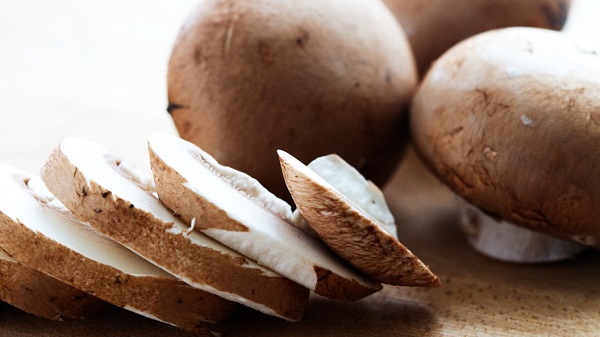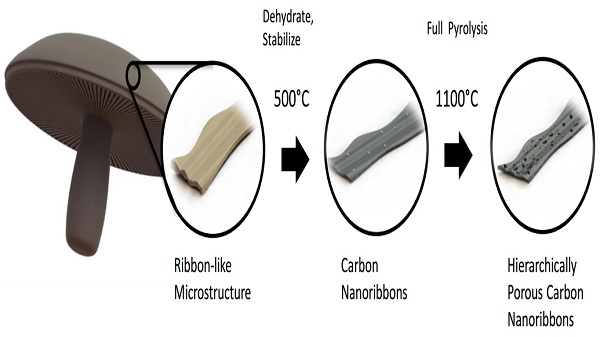Electric vehicles and mobile devices are expected to usher in even more intense growth in the next decade, but in terms of current battery technology, this will put enormous pressure on our environmental resources. In an effort to find more sustainable alternative battery materials, researchers at the University of California, Riverside have created a new type of battery that combines the skin technology of the portabella mushrooms. This will not only reduce the economic and environmental costs of battery production, but also allow the battery capacity to increase over time. This battery consists of three main parts: a negative terminal (cathode), a positive terminal (anode), and a solid or liquid (electrolyte) separating them. Synthetic graphite is usually used for the anode of lithium ion batteries, but this material requires the use of chemicals such as hydrofluoric acid and sulfuric acid purification/preparation, which is not only costly, but also produces environmentally harmful waste. Scientists at the University of California, Riverside are keen to explore the potential of the portabella mushrooms and hope it will become a more natural graphite substitute. First, early studies showed that mushrooms are highly porous - this is an ideal property because the micropores can increase the space while also being able to store and transfer additional energy at the same time, resulting in higher performance. Second, they contain high amounts of potassium salts - more pores are activated over time, which helps to increase the level of electrolyte active material - when it is used, it can also significantly improve Battery capacity and effect. The team found that the epidermis extracted from the top cap of the mushroom and heating it to 500°C (932°F) can be converted into a naturally derived carbon-like nanoribbon structure. Further heating it to 1100°C (2012 degrees Fahrenheit), it will turn into interconnected porous mesh carbon nanoribbon structures. In the battery design, this kind of material that can provide a relatively large surface area to store energy is most suitable. Prof. Mihri and Cengiz Ozkan of Burns School of Engineering. According to the researchers, the results show that after optimization, the carbon anode of the mushroom material can replace the traditional graphite anode. Brennan Campbell, a graduate student at the University of California Riverside, said: With such battery materials, the future mobile phone batteries may be able to use longer, even more than 10 years, after activating the potential activity of the pore carbon structure. The research results have been published in the recently published "Nature Scientific Reports". Antisatic TPR Caster Antisatic TPR Caster Ningbo Mywin Caster Co., Ltd. , https://www.mywin-caster.com

